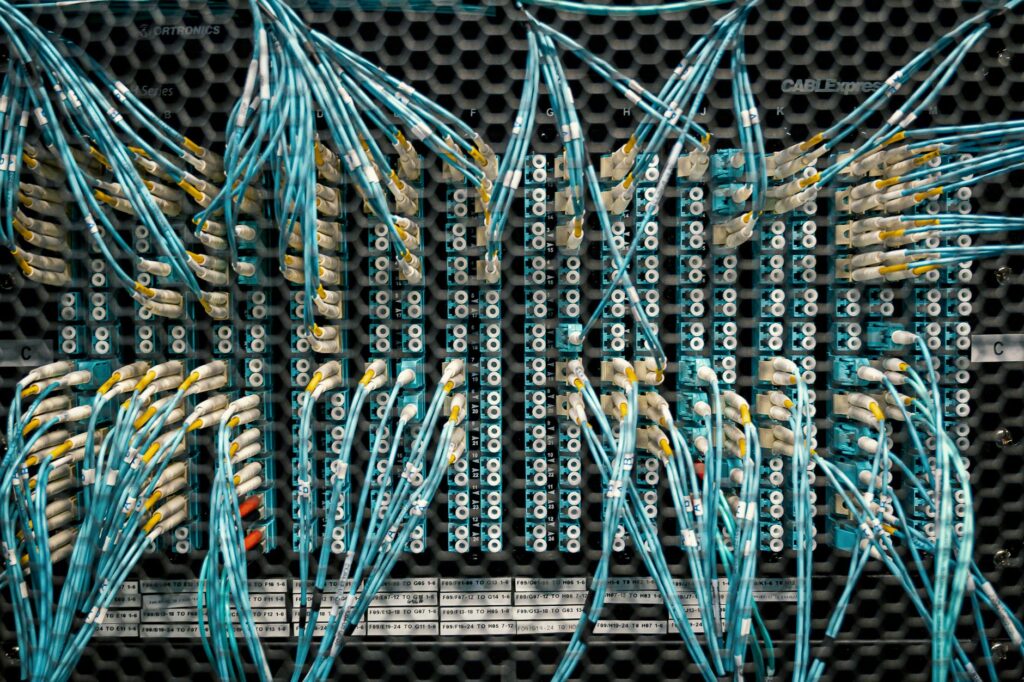Understanding Fiber Optics
Fiber optics has revolutionized the way we transmit data and images, especially in the field of optical technology. Whether you’re interested in the medical applications or the enhancement of shooting accuracy with fiber optics scopes, understanding the basics of fiber optics is essential.
Evolution of Fiber-Optic Endoscopes
Fiber-optic endoscopes have come a long way over the past two decades. Initially, they were quite rudimentary, but thanks to advancements in technology, they have evolved into sophisticated devices used in medicine. These endoscopes, which are composed of flexible and rigid multifibers, now allow for high-quality visualization of internal organs and tissue. This has been a game-changer in medical diagnostics and surgeries, leading to safer procedures and faster recovery times for patients (PubMed).
The developments in fiber optics have also led to the creation of Optical Coherence Tomography (OCT), a sensor that captures 3-D images within the body. It’s akin to ultrasound imaging but uses light instead of sound. When combined with endoscopes or catheters, OCT can be used internally, such as for diagnosing coronary artery disease, enhancing the scope of non-invasive medical examinations (V1 Fiber).
Types of Fiber Optic Cables
Fiber optic cables are the backbone of data transmission in today’s digital age. They use the speed of light to transmit data quickly and reliably over long distances. The cables can be made from microscopic glass or plastic fibers, which has completely transformed the way information is exchanged and connected (GeeksforGeeks).
The two primary types of fiber optic cables are:
- Single-Mode Fiber (SMF):
- Core Diameter: Typically 9 microns
- Used for long-distance communication
- Allows only one light mode to be propagated
- Multi-Mode Fiber (MMF):
- Core Diameter: Typically 50 or 62.5 microns
- Used for shorter distances
- Supports multiple modes of light
| Type | Core Diameter (microns) | Application |
|---|---|---|
| Single-Mode | 9 | Long-distance |
| Multi-Mode | 50 / 62.5 | Shorter distances |
These cables have become synonymous with efficiency and safety in various applications, from the medical field, where they are integral to endoscopes, to enhancing the shooting accuracy of scopes in hunting and competition shooting. The right type of cable can make a significant difference in performance, whether you’re looking at military-grade optics, best optics for competition shooting, or optics for deer hunting.
Understanding the types of fiber optic cables and their evolution in endoscopes sets the foundation for exploring their applications in different fields, including the enhancement of optical devices like scopes.
Applications of Fiber Optic Scopes
Fiber optic scopes, also known as fiberscopes or endoscopes, are not just limited to medical applications; they have a broad range of uses across various fields. For you, the enthusiast in optics and shooting accuracy, understanding how these devices can enhance your experience is crucial.
Scope Features and Benefits
Fiber optic scopes are renowned for their ability to transmit light effectively, making them indispensable in low-light conditions. The scopes utilize a combination of lenses and fiber optic cables that provide a bright, clear image of the target, directly to your eye, ensuring that you have the visibility you need when it matters most (Neofibers). Their excellent resolution comes from the quartz image array, producing a detailed image that enhances your ability to make precise shots.
Here are some key benefits of using fiber optic scopes:
- Enhanced Low-Light Performance: The scopes excel in low-light environments, where traditional scopes may falter.
- Improved Accuracy: With a clearer image and refined crosshairs, your aiming is more precise, especially at longer distances compared to traditional iron sights.
- Durability: Fiber optics are known for their resilience and longevity, making these scopes a reliable choice for rugged use.
- Versatility: Various models cater to different needs, whether for hunting, competitive shooting, or military applications.
Innovations in Fiber Optic Scope Technology
The technology behind fiber optic scopes continues to advance, with companies like FiberopticsTech leading the charge. FTI’s latest standard fiber optic scope models boast an impressive 17K resolution, which is a 70% increase in image size. This means you’ll experience even more detailed visuals when aiming. These models also come with an integral C mount adapter, allowing for the attachment of most digital cameras. Additionally, there’s an option for a Xenon lamp that provides double the illumination power compared to the standard lamp/battery handle design, offering even greater clarity (FiberopticsTech).
To cater to a wide range of needs, FTI offers non-articulating models, 2-way articulating models, and 4-way articulating models of fiberscopes. The innovative linkage design in some models allows the market to access an articulating scope at nearly 50% less than traditional products, making advanced technology more accessible and budget-friendly.
These innovations ensure that fiber optic scopes remain at the forefront of optical technology, providing you with options that are not only state-of-the-art but also diverse in their applications. Whether you are seeking the best mounts for your AR-15, looking into night vision devices, or curious about the future of optics, fiber optic scopes are a testament to the progress within the field.
Investing in a fiber optic scope means investing in your shooting accuracy, and with the recent advancements, you are sure to find a scope that fits your specific needs and enhances your experience in the field or at the range. Whether you are a seasoned marksman or a novice, the right fiber optic scope can make all the difference in your shooting accuracy and overall performance.

